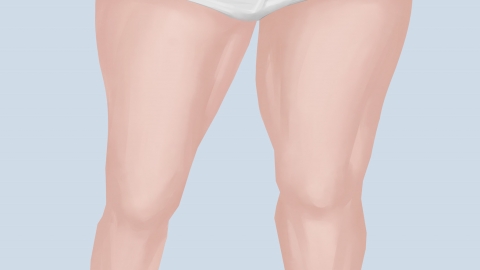Which department should I visit for a leg lipoma?
Leg lipomas can be evaluated and treated in departments such as general surgery, plastic surgery, dermatology, orthopedics, or integrated traditional Chinese and Western medicine, depending on the size, location, and specific medical needs of the lipoma. Immediate medical attention is recommended if the lipoma grows rapidly, causes pain, or affects mobility.

1. General Surgery: This is the most commonly chosen department in many hospitals. Specialists are experienced in managing superficial and subcutaneous masses. They can assess the nature of the lipoma through physical examination and ultrasound, and perform standard excision procedures, making it suitable for most patients without special cosmetic concerns.
2. Plastic Surgery: Ideal for patients concerned about cosmetic outcomes. Procedures are performed with greater precision, using hidden incisions to remove the lipoma and minimize postoperative scarring, thus achieving both therapeutic and aesthetic results.
3. Dermatology: Recommended for small, superficial lipomas. Some dermatology departments offer minimally invasive treatments and can differentiate lipomas from other skin lesions, helping to prevent misdiagnosis.
4. Orthopedics: Appropriate when the lipoma is located deep in the leg, near bones or joints, potentially compressing surrounding tissues. Orthopedic specialists can use imaging studies to evaluate the relationship between the lipoma and skeletal structures, ensuring surgical safety and avoiding damage to nerves or bone.
5. Integrated Traditional Chinese and Western Medicine: Suitable for patients preferring conservative management or adjunctive调理 (regulatory therapy). This department offers TCM-based diagnostic and调理 recommendations while coordinating with Western medical treatments, providing a comprehensive and individualized approach.
Daily care includes avoiding repeated pressure or irritation of the lipoma, wearing loose clothing to reduce friction, regularly monitoring changes in the lipoma’s size and texture, maintaining a light diet, and seeking timely medical advice if any abnormalities occur. Self-treatment should be avoided.




